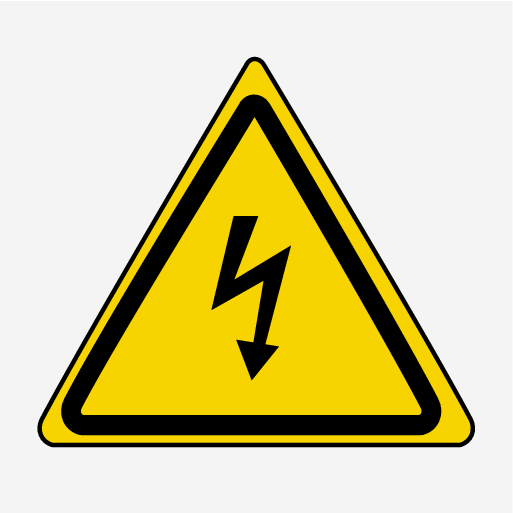The driver display and centre display show some information that is unique to electric operation – charging information, distance to empty battery and the high voltage battery's state of charge.
For the car to function, the high voltage battery and associated electric drive systems must be at the correct operating temperature. Battery capacity may be reduced considerably if the battery is too cold or too hot. By preconditioning the car using the charging cable connected to the mains power circuit, the car's drive system and passenger compartment are prepared prior to departure, so that both wear and energy requirements while driving are reduced.
The high voltage battery that drives the electric motors is charged via a charging cable but can also be charged by means of smooth braking.
Important to know
Warning
Car without power
Bear in mind that important functions such as the servo brakes and power steering are limited when the car is without power.
Warning
Exterior engine noise
Warning
High-voltage current

Warning
Do not touch anything that is not clearly described in the owner's manual.